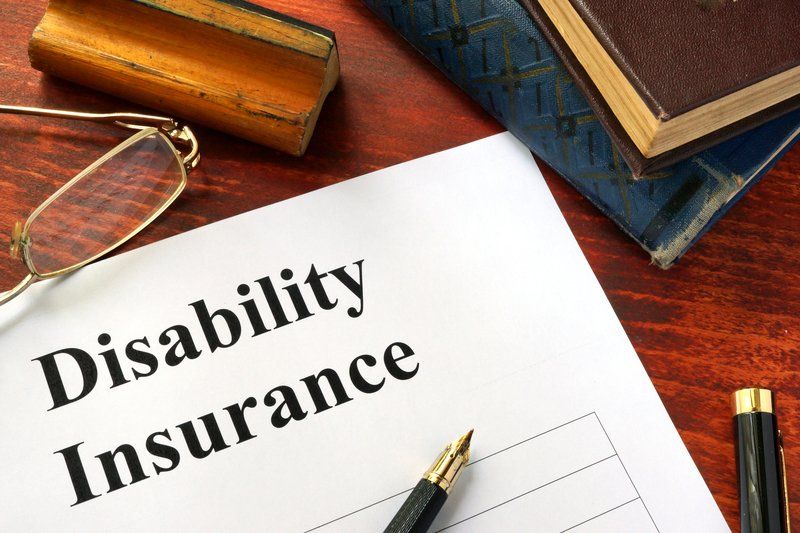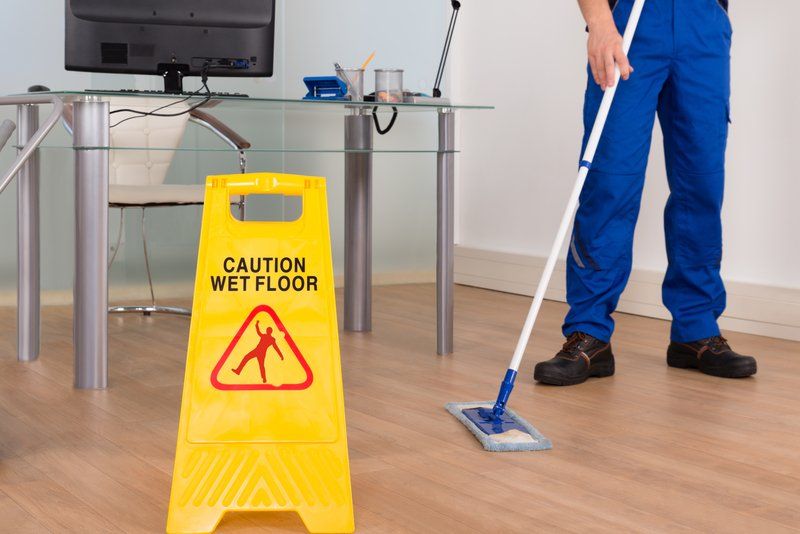Insight on Inadequate Dwelling Limits
This past summer, the California wildfires once again vividly illustrate the major problems of under insurance in the homeowners line of business. There are many unhappy property owners finding that they are drastically underinsured and complaining to their respective state department of insurances plus instigating litigation proceedings against both the insurer and agent placing coverage.
Obviously, greater effort is needed to better gauge the replacement cost value on homes to avoid these types of situations in the future. The question as to who is ultimately responsible for selecting the correct limit has been an issue in may legal disputes. In most cases, the courts haverule that the homeowner has the primary responsibility for ensuring that he or she has the proper dwelling limits, with some exceptions.
According to one of the largest residential building cost data companies, Marshall & Swift/Boeckh (MBS), 64 percent of U.S. homes are undervalued by an average of 19 percent. If this figure is correct and applied to a home with a replacement cost of $300,000, it might be insured for only $243,000, a shortfall of $57,000. This underinsurance results in a potentially huge coverage gap, particularly if the home is not insured with a guaranteed replacement cost provision.
The fact that construction costs often “surge” following large catastrophes, such as hurricanes, can exacerbate this underinsurance problem. Remember Dubuque’s large hail storm a few years past?
The cost of replacing a roof or siding increased 20 to 25 percent of the normal pricing. What would happen if a tornado ravished the tri-state area? Have ten minutes, I’ll tell your what will happen.
Logically, different parts of the country have varying prices for the cost of materials as well as the cost of labor and may other things. Average Cost is not something on which you should depend. Average cost is a good place to start at, however, it probably won’t reflect the actual cost of building your home. You will need to look at individual supplies that will required for the construction for the construction process to get a closer view of what the total cost will be. In Iowa I’ve learned that a cost factor of $115
per square foot to $150 is anticipated for a home of 2,000 sq. ft. which translated out to between $230,000 to $300,000. I also noted that the national average to have a home constructed is currently $288,280.
Often, a municipality may change codes following significant catastrophes, such as hurricanes, earthquakes, and fires. Take the City of Dallas who recently passed tougher electrical codes, which added 10 to 15 percent to the cost of rebuilding a home. So, if my home burns to the ground, and it cost $125 per square foot to rebuild ($250,000), an extra $25,000 to $37,000 might be required to bring the electrical system up to code. One experienced adjuster indicated that older homes, such as yours truly, are often not up to code. Of interest is that some insurance companies provide ordinance and law coverage with a limit of only $5,000. On the same token, the companies that follow the Insurance Services Office (ISO) filing have a 10 percent of the dwelling limit in coverage. ISO allows this limit to be increased via the HO 04 77 endorsement up to $100 percent of the dwelling limit.
Thus, a knowledgeable insurers and agents should be aware of the building code requirements in the various cities in which they write businesses. In addition, some communities have demolition codes, requiring a home be demolished and rebuilt if, say, 50 or 75 percent of the home is destroyed. Luckily, Dubuque presently does not have such a requirement.
Insurers who do not provide guaranteed replacement cost coverage (the majority does not) and who encourage or allow their agents to use short and quick versions of residential replacement cost estimators may have a large swath of insureds with underinsured homes. This situation is particularly onerous in the case for higher value dwellings.
The following are some general tips for insureds, insurers and agents to reduce the problem of underinsured homes:
- Avoid quick and easy replacement cost calculators, especially for mid-to high-value homes. The more sophisticated component-based replacement cost estimators should be used for homes near or in the high-end range. A physical inspection of these homes is essential.
- When available, offer guaranteed replacement cost (or guaranteed rebuild) coverage; an alternative would be to offer a 30 to 50 percent cushion above the dwelling limit (extended replacement cost coverage).
- Increase the ordinance or law coverage (10 percent of coverage A under the ISO HO-3) to a higher percentage of coverage. Note that this is particularly important for older homes.
- Proactive communication with your insurance agent informing of about any remodeling, since remodeling can dramatically increase the need for higher dwelling limits.
- Periodically reinspect existing homes (particularly high-end ones) to ascertain if dwelling limits are adequate.
One final idea to reduce coverage gaps for homeowners suffering major losses concerns the loss settlement provision of the homeowners policy. Some homeowners policies agree to rebuild the home using “materials and workmanship of similar quality.” This language contrasts unfavorably to policies whose loss settlement provisions agree to rebuild using “like kind and quality” materials and workmanship. The difference in these tow approaches found in this often-neglected policy provision is immense. To reduce coverage gaps, knowledgeable agents should seek out (and insurers should provide) coverage granting the “like kind and quality” provisions, particularly for older homes.
Opinions expressed in this blog are those of the author and are not necessarily held by the author’s employer. This online bloc contents do not purport to provide legal, accounting, or other professional advice or opinion. If such advice is needed, consult with your attorney, accountant, or other qualified adviser.
© Copyright 2024 All Rights Reserved New Eagle Insurance













